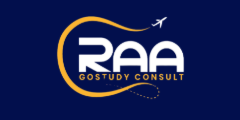
The United States remains one of the most popular study destinations for international students, attracting over a million learners from across the globe every year. From academic flexibility to advanced research and post-study work opportunities, the USA offers an enriching environment for personal and professional growth.
Table of contents
Benefits of studying in the USA
Top universities in the USA
Cost of studying in the USA
Application process and requirements for USA Universities
Visa requirements for studying in the USA
FAQS
Benefits of studying in the USA
Globally recognised degrees: The USA education system and qualifications are respected worldwide, often opening doors to international careers.
Academic flexibility: Students can explore a broad curriculum before declaring a major, and many programs allow interdisciplinary study.
Strong support services: International student offices, career counselling, and academic support centres help students adjust and thrive.
Advanced research opportunities: Students have access to modern labs, strong research support, and the chance to work with expert professors on real-world projects that make a difference.
Top universities in the USA
The USA is home to many of the world’s top-ranked universities, known for academic excellence and global impact, as reflected in the QS World University Rankings. Below are some of the leading universities in the USA:
University Name | QS World Ranking |
Massachusetts Institute of Technology (MIT) | 1 |
Harvard University | 4 |
Stanford University | 6 |
California Institute of Technology (Caltech) | 10 |
University of Pennsylvania | 11 |
University of California, Berkeley (UCB) | 12 |
Cornell University | 16 |
University of Chicago | 21 |
Princeton University | 22 |
Yale University | 23 |
Cost of studying in the USA
Tuition Fees
The cost of tuition can vary depending on whether you attend a public or private university. Public universities typically charge between $20,000 and $40,000 per year for out-of-state or international students.
Private universities tend to be more expensive, with tuition fees ranging from $35,000 to $55,000 or more annually.
Living Expenses
Living costs also vary based on location. On average, international students spend between $10,000 and $25,000 per year on housing, food, transportation, and personal expenses.
Larger cities, especially on the coasts, tend to have higher living costs compared to smaller towns or cities in the Midwest.
Other Costs
In addition to tuition and living expenses, students should plan for other costs such as health insurance, which can range from $1,000 to $3,000 annually, and books and supplies, which typically cost around $1,200 per year.
Application process and requirements for USA Universities
Research and shortlist programs: Choose universities based on your academic goals, budget, and preferred location.
Understand and meet entry requirements: Academic transcripts (minimum GPA varies by institution), English language test (IELTS, TOEFL), and Standardised tests (SAT/ACT for undergraduate, and GRE/GMAT for graduate—if required).
Prepare application documents: Such as a statement of purpose, letters of recommendation, resume or CV (especially for graduate programs), and a valid passport.
Online Applications: Most US universities accept applications through their websites and IDP can support with this.
Receive offer letters: Offers may be conditional (based on final results or other requirements) depending on institutions and programs.
Apply for a student visa (F-1): After receiving your I-20 form, book a visa interview and pay relevant fees.
Arrange travel and accommodation: Confirm accommodation, book flights, and attend pre-departure sessions if available. Check the Student Essential Services by IDP for more information about the accommodation, prep-departure, etc.
Visa requirements for studying in the USA
To study in the USA, international students typically need one of two visas:
F-1 Visa (Academic Students): For students enrolling in degree programs at USA universities. You must be accepted by an American institution and prove financial support.
J-1 Visa (Exchange Visitor Program): For students in exchange programs or internships. J-1 visa holders can work part-time during their studies.
The process includes receiving an I-20 (F-1) or DS-2019 (J-1) form from your US university, paying the SEVIS fee (around $350), completing the DS-160 visa application, scheduling an interview at the US embassy, and providing necessary documents like proof of acceptance, financial support, and a passport.
Once approved, students can enter the USA up to 30 days before their program starts.
FAQS
Why do international students choose the USA?
International students choose the USA for its universities, diverse academic programs, advanced research opportunities and strong career prospects after graduation.
How can I apply to study in the USA?
To apply, you need to choose a US university, submit an application with required documents (transcripts, test scores, and letters of recommendation), receive an offer, and then apply for a student visa (F-1) to study in the USA.

